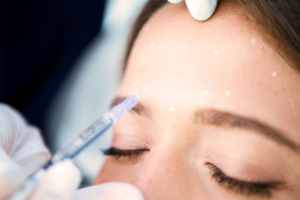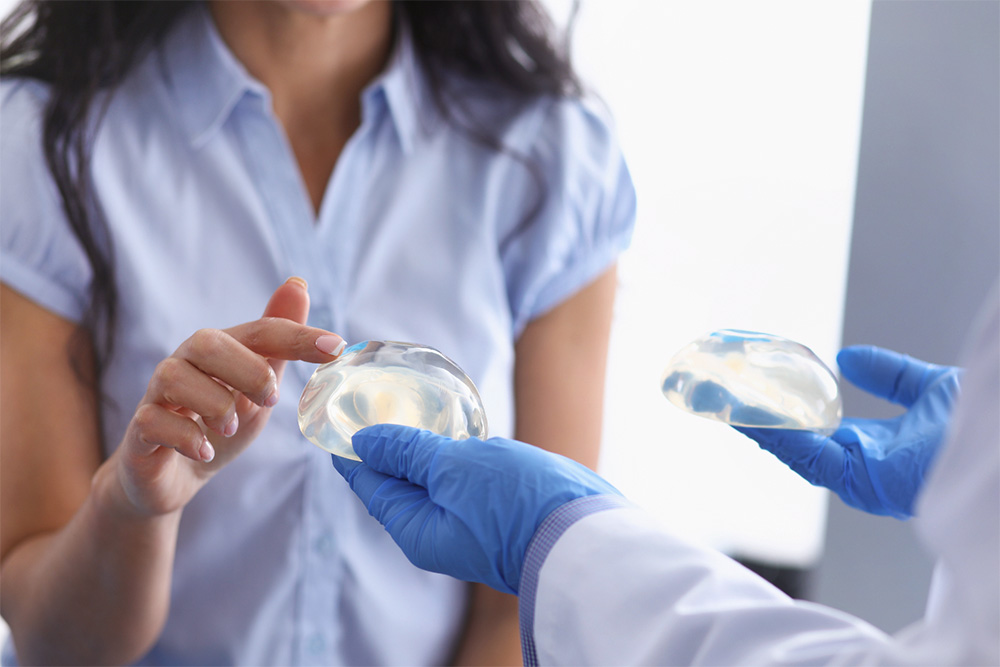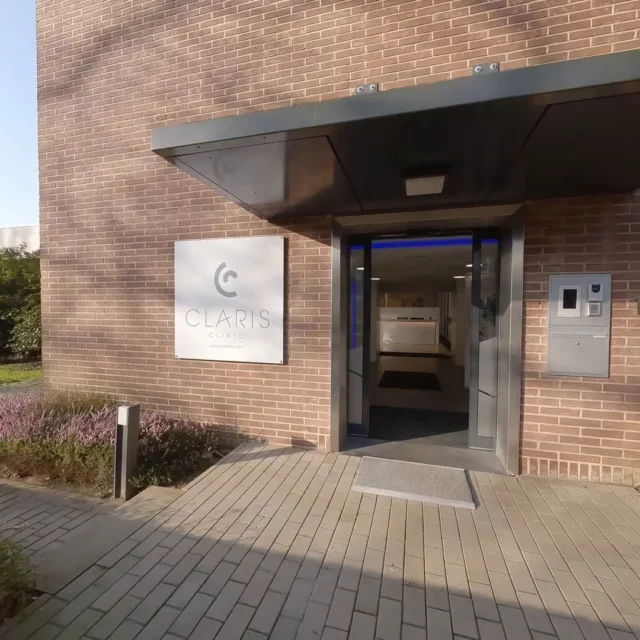Cosmetic surgery has been steadily increasing for years, andbreast augmentation remains by far the most popular procedure. For example, over 300,000 breast augmentations and more than 100,000 breast lifts were performed in the United States in 2017. The trend is similar in Europe and Belgium. Despite this craze, many women still have questions about breast augmentation.
What is breast augmentation?
Breast augmentation aims to improve the size and shape of the breasts, mainly and traditionally using prostheses. There are many reasons why some women opt for this treatment, such as significant asymmetry or loss of breast volume following weight loss or pregnancy, or simply to improve the shape and volume of their breasts.
What types of breast implants are available?
Breast implants consist of a silicone membrane filled with a cohesive silicone gel or, more rarely, saline (salt water). The decision as to which implant to use depends on aesthetic objectives and personal preferences. In addition to the material, implants come in a variety of shapes and sizes. Round implants are very popular, and are generally chosen by women seeking a greater “push-up” effect and advantageous cleavage, while pear-shaped implants (known as “anatomical”) can in some cases give a more natural projection and fullness to the breasts.
What to expect during surgery
Surgery is performed under general anaesthetic. The surgeon makes small incisions to create a “pocket” and insert the implant. Once the implant has been positioned, the incisions are sutured and covered with a suitable dressing. The procedure generally lasts between one and two hours , and patients can return home a few hours later.
What are the risks of this procedure?
As with any surgical procedure, there are potential risks to consider, including infection, implant rupture, pain, visible scarring, asymmetry or simply cosmetic dissatisfaction. Discussing these issues with your surgeon can go a long way to allaying concerns and minimizing risks.
How to prepare for surgery
Your doctor and his assistants will give you a list of specific instructions, which include various points. Among the most common: a smoking ban some time before surgery, moderate food and alcohol consumption the day before surgery, comfortable and practical clothing and, above all, being accompanied home and during the first 24 hours.
What questions should you ask your surgeon?
Here are just a few examples:
- What realistic results can I expect?
- Why do you recommend this size and style of breast implant?
- Are there any risks for future breastfeeding or mammography?
- What should I expect with implants over time?
- How long will the operation last?
- Will there be scars?
- Are touch-ups possible?
- How much would it cost?
- What is my estimated recovery time?
How long will recovery take?
Recovery varies from patient to patient. On average, full recovery takes four to six weeks. Most patients will be back on their feet within a week of surgery, but doctors generally recommend avoiding strenuous physical activity for a few weeks.
Will there be scars?
All skin incisions are permanent and will leave scars, but in most cases they heal very well and become harder to see over time. Generally, scars will be really limited and placed in a discreet area (usually the submammary fold).
What kind of results can be expected?
It’s important to approach this surgery with realistic expectations. Breast augmentation can generally improve breast fullness, asymmetry, loss of volume or increase projection, as well as the size and shape of the breasts. It also creates a more balanced hip-chest ratio. On the other hand, breast augmentation has certain limitations, and in the case of significant breast sagging (“ptosis”), some women will also require an additional breast lift (“mastopexy”). This is quite common, and can be performed at the same time as a breast implant. You can find information on other breast surgery procedures on our website.
How much does this surgery cost?
The exact cost should always be discussed in detail with your surgeon, as it may vary from case to case, depending on the type of implants used, surgeons or hospital facilities. It is therefore essential to ask for details of the charges that will be included in the final price, such as the surgeon’s fees, anesthesia costs, hospitalization and materials used.
Life after breast augmentation
The results of a breast implant procedure are generally long-lasting. Breast implants generally last a minimum of 10 years (this period is variable and may be longer or shorter), but can vary depending on the patient or the type, size and shape of prosthesis chosen. Patients often choose to undergo a second or even third breast augmentation procedure as they naturally age, in order to maintain a satisfactory aesthetic profile. Generally speaking, patients describe this procedure as a wonderful experience and an excellent way of regaining self-confidence, especially when patients are good candidates and keep their expectations reasonable.




